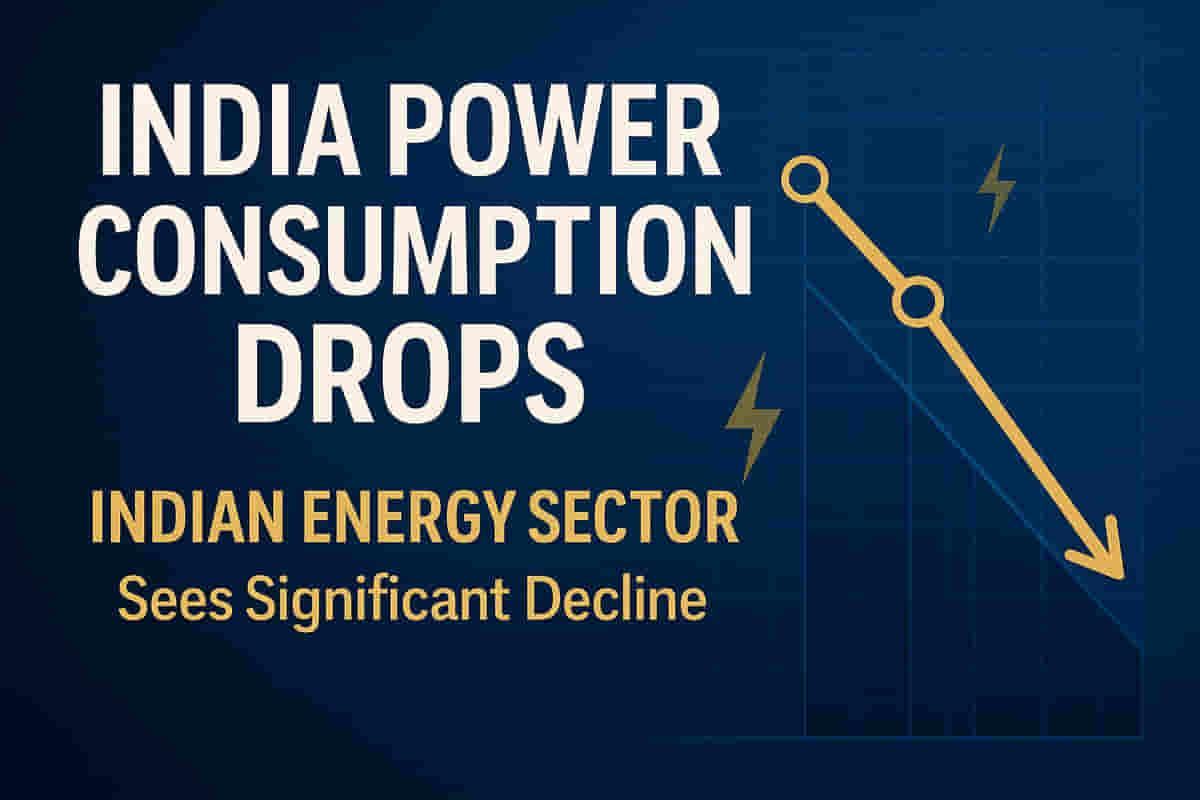India's Power Consumption Falls 6% in October Amidst Unseasonal Rains and Early Winter
Energy
|
1st November 2025, 10:26 AM

▶
Stocks Mentioned :
Short Description :
Detailed Coverage :
India's power consumption registered a 6% drop in October, falling to 132 billion units (BUs) from 140.47 BUs recorded in October of the previous year. This decrease is largely due to prevailing weather conditions, including unseasonal rainfall in various regions and the early arrival of winter, which led to lower temperatures and consequently reduced usage of cooling appliances like air conditioners and fans. The peak power demand met during October also declined to 210.71 Gigawatts (GW) from 219.22 GW in the same period last year. Experts predict that power demand and consumption may remain subdued in November as well due to continued moderate temperatures.
Impact This reduced demand could potentially affect the revenue streams of power generation and distribution companies. A sustained lower demand might also indicate energy efficiency improvements or a slowdown in industrial activity, which could influence investor sentiment towards the energy sector. Rating: 7/10
Definitions: Billion Units (BU): A unit of electrical energy consumption, equivalent to one billion watt-hours or one gigawatt-hour (GWh). Gigawatt (GW): A unit of power equal to one billion watts, often used to measure the capacity or demand of electrical grids. Peak power demand: The highest level of electricity demand experienced on the grid within a specific period.